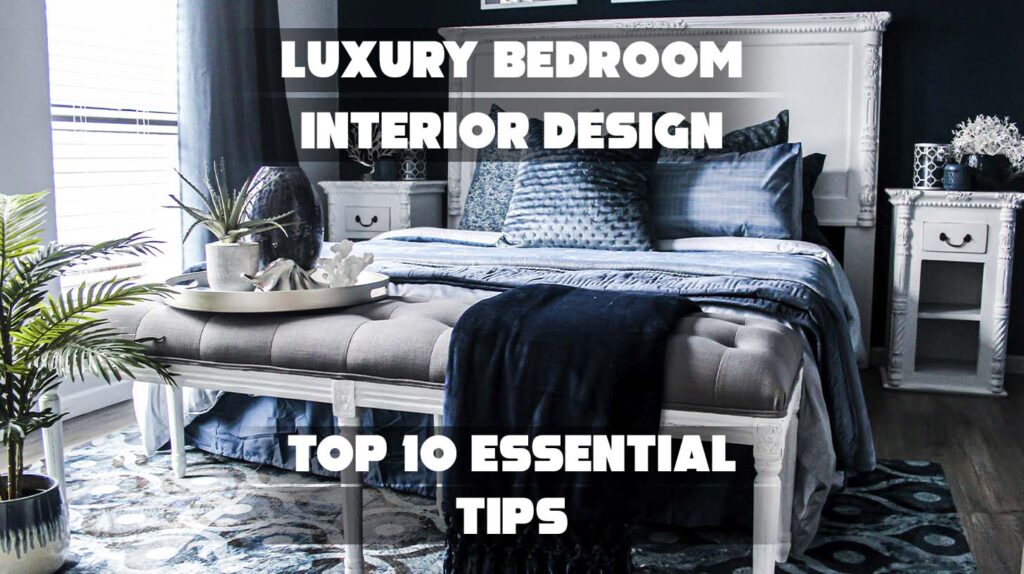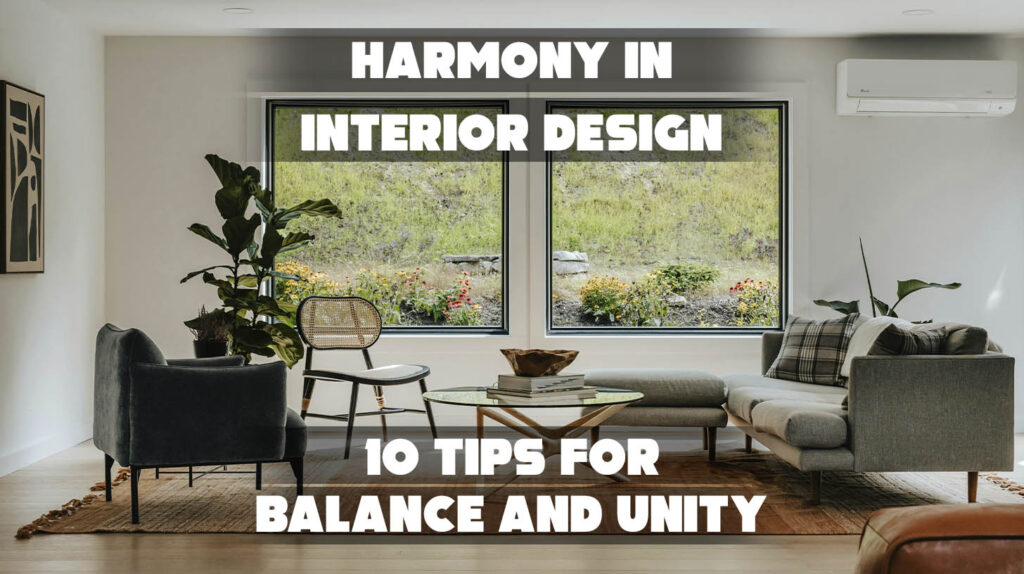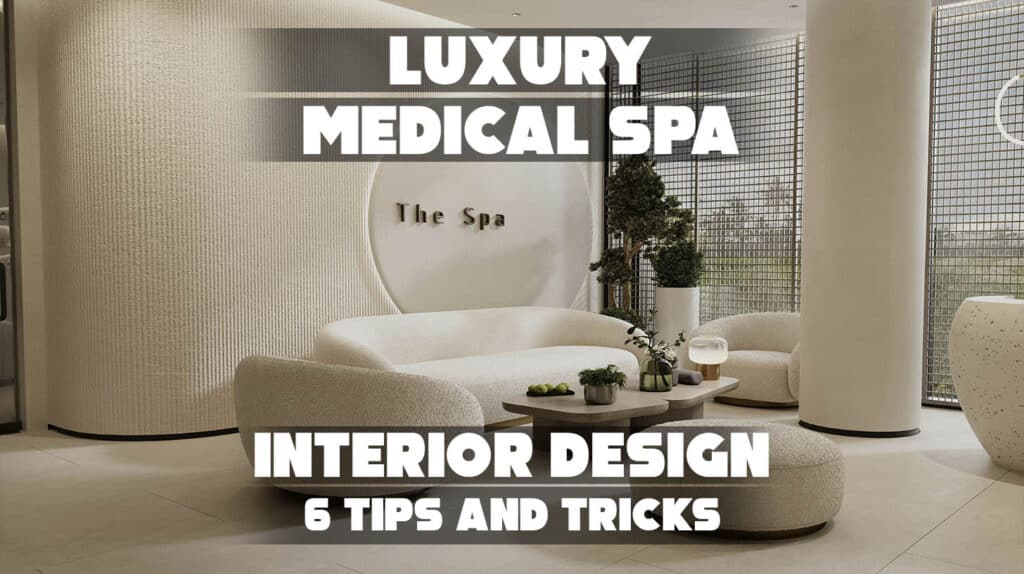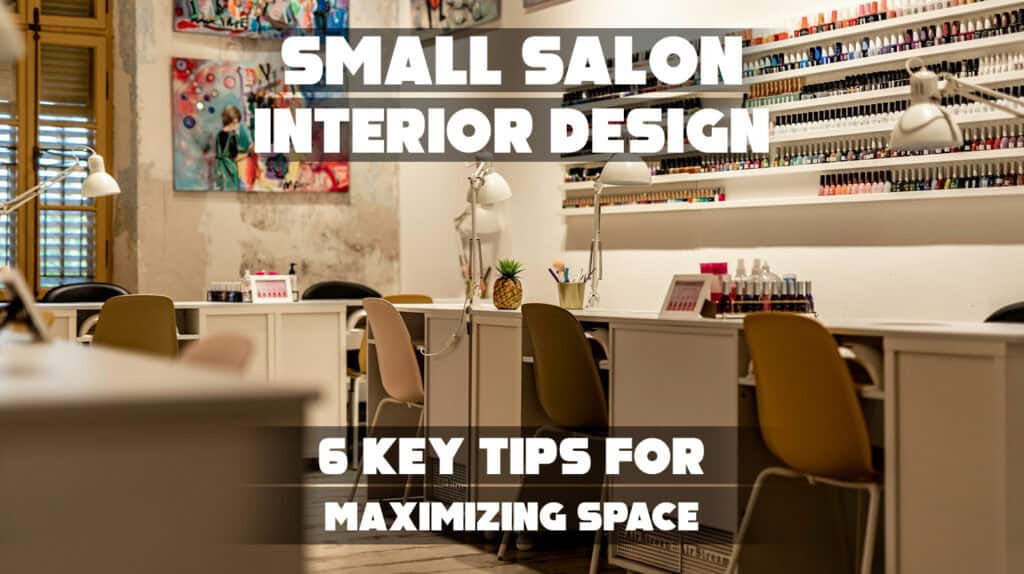Struggling to make your townhouse feel open, stylish, and truly yours? You’re not alone—many homeowners dream of creating a dream home that feels both functional and luxurious, even in compact spaces.
At [Your Brand Name], we understand the unique challenges of townhouse interiors. With years of design expertise, we’re here to guide you toward transforming every living room, hallway, and corner into a stunning, cohesive space.
In this article, you’ll learn how to:
- Choose the appropriate pattern for each area
- Blend other geometric patterns without overwhelming the design
- Refresh spaces with carefully selected soft furnishings
Ready to take the first step? Keep reading to discover how your townhouse can become a bright, elegant dream home you love living in!
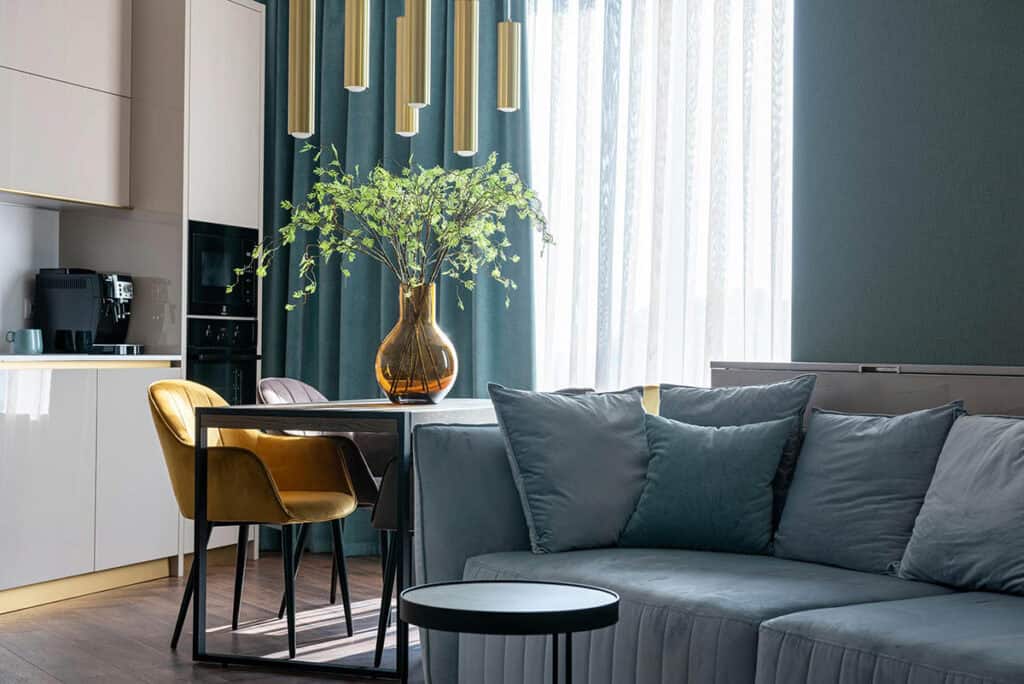
1. Core Principles of Townhouse Interior Design
Efficient use of space, carefully controlled openness, and the strategic use of natural light are essential in townhouse interior design. Attention to these factors helps create a balanced, functional home environment that feels spacious and comfortable despite the compact footprint typical of townhouses.
Maximizing Space and Layout

Townhouses often have limited square footage, making layout optimization critical. Designers focus on multi-functional furniture and open floor plans to maximize usable space. For example, installing built-in storage units and under-stair cabinets helps reduce clutter without sacrificing style.
The flow between rooms must be smooth to prevent cramped areas. Using consistent flooring and aligning doorways improves spatial connection. Incorporating vertical space with tall shelves or wall-mounted fixtures expands storage without crowding rooms.
Selecting compact furniture that fits proportions amplifies room size visually and promotes better movement.
See also Indian Interior Design
Balancing Privacy and Openness
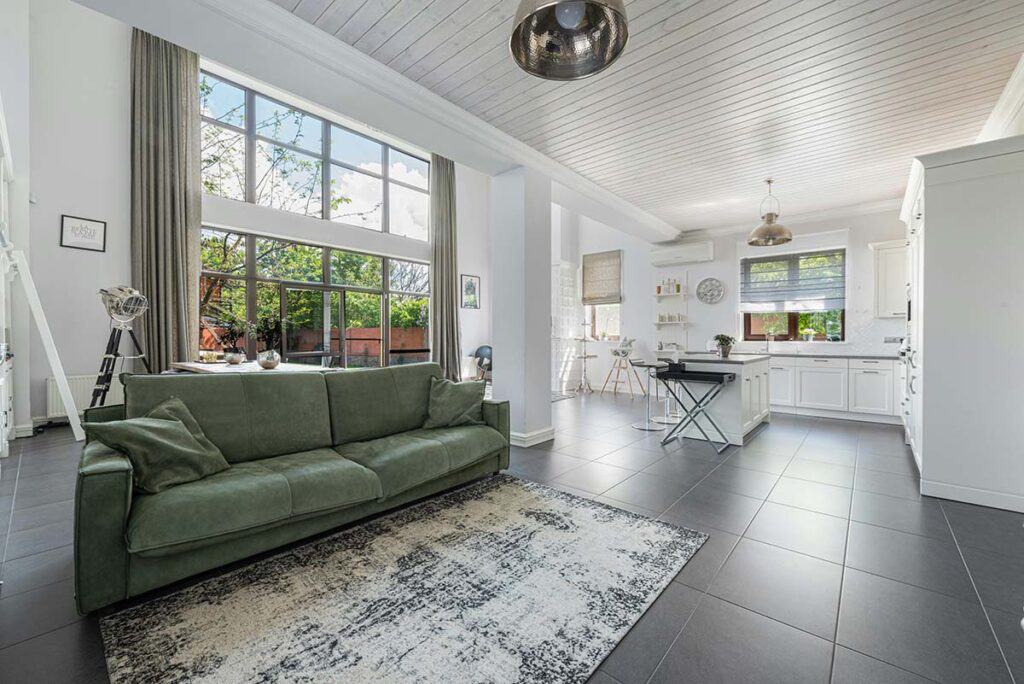
Creating distinct private zones while maintaining an open feel is a key challenge in townhouse interiors. Designers achieve this by using semi-transparent partitions, sliding doors, or glass panels that allow light but define boundaries. This balances family interaction with personal space.
Open-plan living areas often incorporate area rugs and furniture positioning to subtly separate zones like the dining area from the living room. This method enhances functionality without sacrificing the airy atmosphere. Sound-absorbing materials and strategic door placement also improve privacy without compromising openness.
Optimizing Natural Light
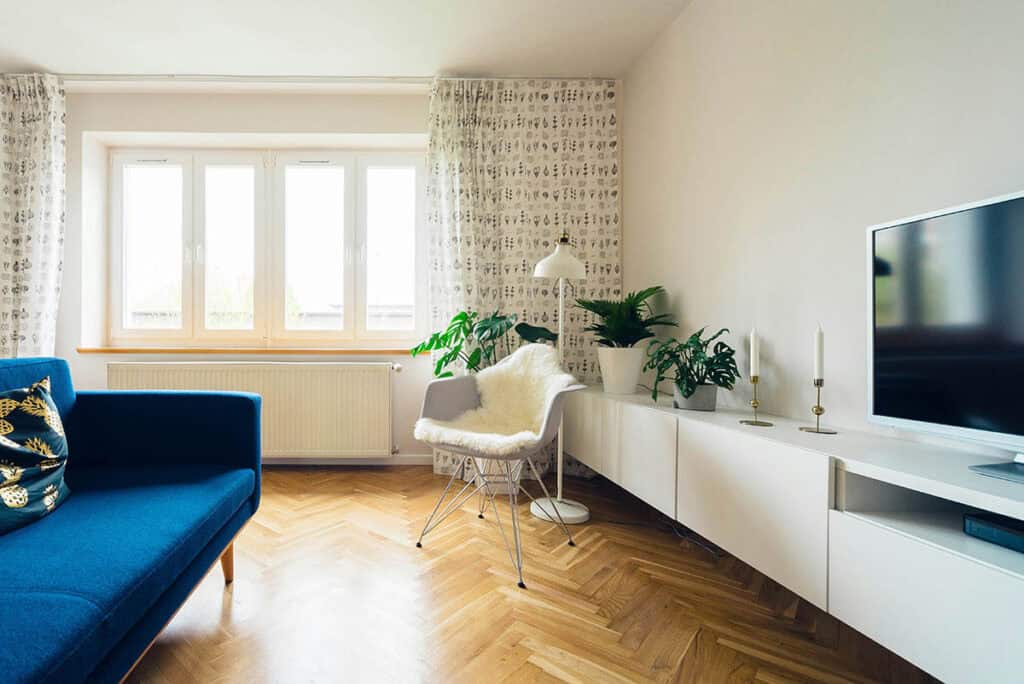
Maximizing natural light transforms townhouse interiors, making rooms appear larger and more inviting. Designers position mirrors opposite windows to increase light reflection throughout rooms. Layering lighting with floor lamps and accent lights supplements daylight after dark.
Window treatments balance light control and privacy, using sheer curtains or blinds that diffuse glare without blocking sunlight. Keeping window areas clear of bulky furniture encourages light flow. A well-lit townhouse interior connects the home with the outdoors and highlights contemporary design features effectively.
2. Creating Cohesive Design Themes in Townhouse interior
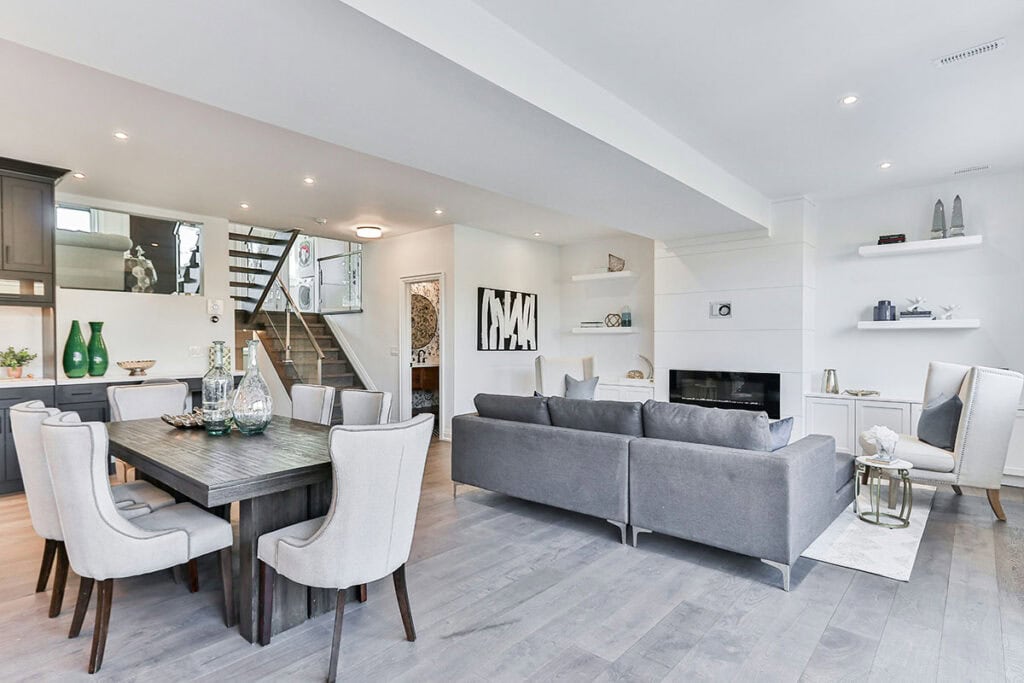
A well-designed townhouse interior should feel unified and intentional throughout each area. Attention to color and materials plays a major role in connecting living areas and ensuring a smooth flow from room to room. These elements also help balance space and natural light while supporting both function and style.
Choosing a Unifying Color Palette
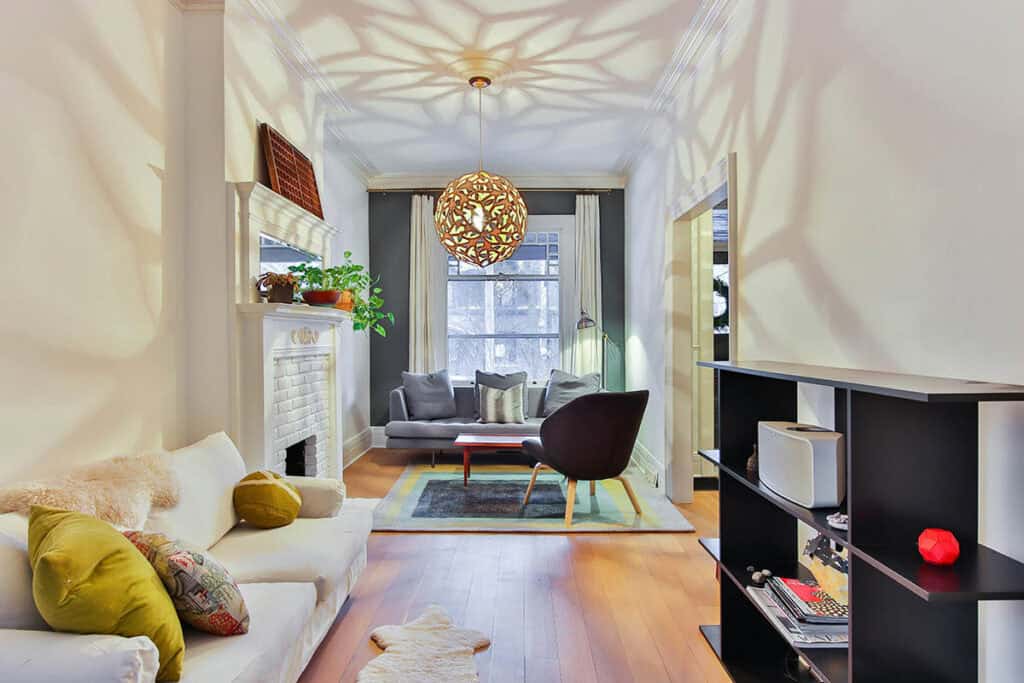
A consistent color palette anchors the townhouse interior design. Selecting two to three core colors, such as a warm beige paired with muted gray and soft green, can create a backdrop that harmonizes different rooms.
Using these colors for walls, furniture fabrics, and accents like rugs or floor lamps keeps the space visually connected. Incorporating variations in shade and texture within the chosen palette adds depth without chaos.
For example, walls might feature a light neutral, while throw pillows and curtains introduce richer hues. This approach allows natural light to enhance the warmth of the space, creating a comfortable and inviting atmosphere.
Selecting Complementary Materials and Finishes
Materials and finishes should enhance the townhouse’s cohesive theme. Combining complementary textures—such as smooth hardwood floors with plush rugs or matte wall paint with glossy ceramics—builds visual interest.
Wood tones can unify living areas, while metallic or glass accents refine the contemporary feel. Choosing fabrics with tactile appeal, like linen or velvet, adds softness that balances harder surfaces.
Coordinating finishes on fixtures like doorknobs, lighting, and cabinetry supports a seamless look. Consistency in material choice across floors, furniture, and decor helps prevent spaces from feeling disconnected despite variation in function or layout.
See also Modern Cottage Interior Designs
3. Enhancing Key Living Spaces in Townhouse Interior Design
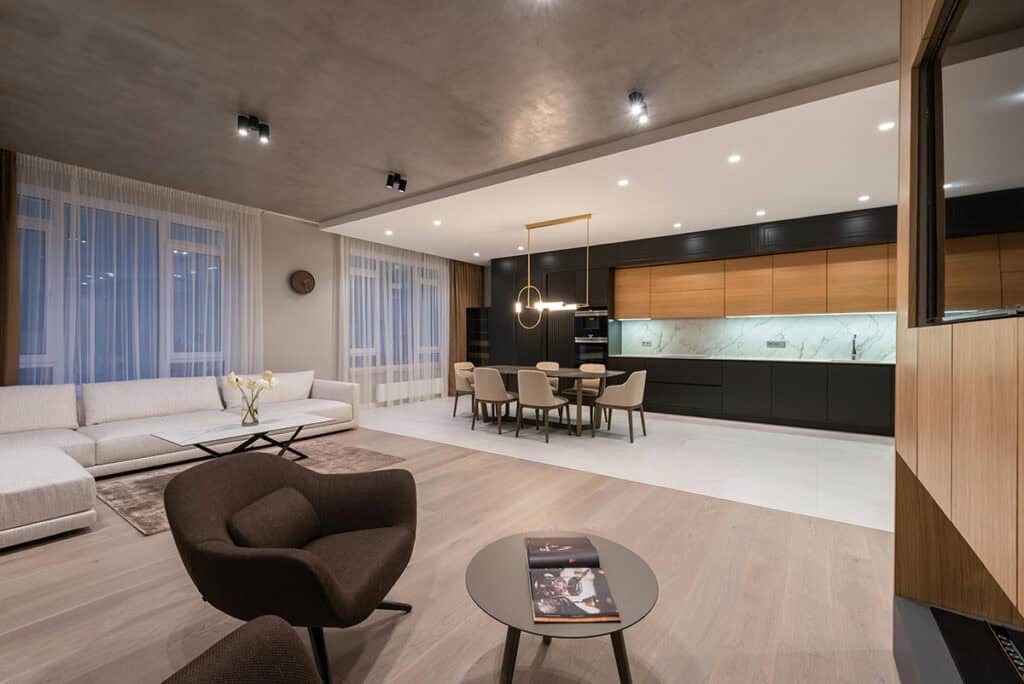
Optimizing key areas in a townhouse focuses on maximizing limited space without sacrificing style or comfort. Thoughtful layout choices and well-selected furnishings can transform the home’s most used rooms into functional, inviting environments.
Living Room Design Strategies

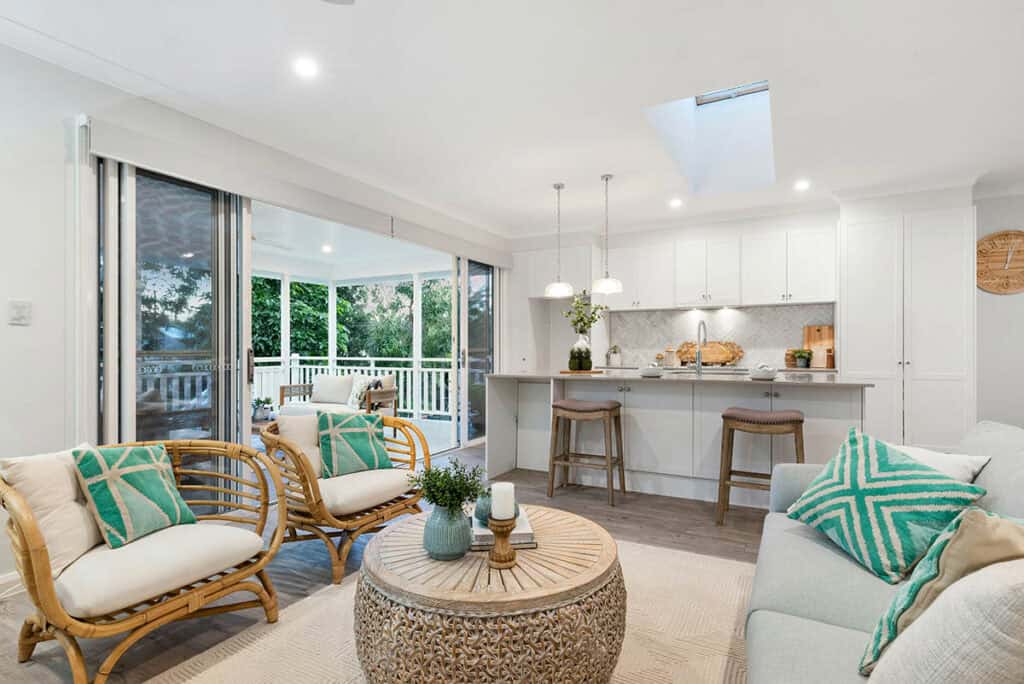
In townhouses, the living room often serves multiple functions, so it’s important to prioritize a bright, open feel. Using mirrors above the fireplace reflects light, contributing to a more spacious atmosphere.
Choosing a compact sofa with clean lines keeps the room from feeling cramped, while a marble coffee table adds durable style without bulk.
Placing a console table behind the sofa creates extra storage and display space without intruding on walkways. Layering rugs can define seating zones and bring warmth to the floor. Incorporating plants, like a snake plant, boosts air quality and adds texture without clutter.
Kitchen and Dining Area Upgrades
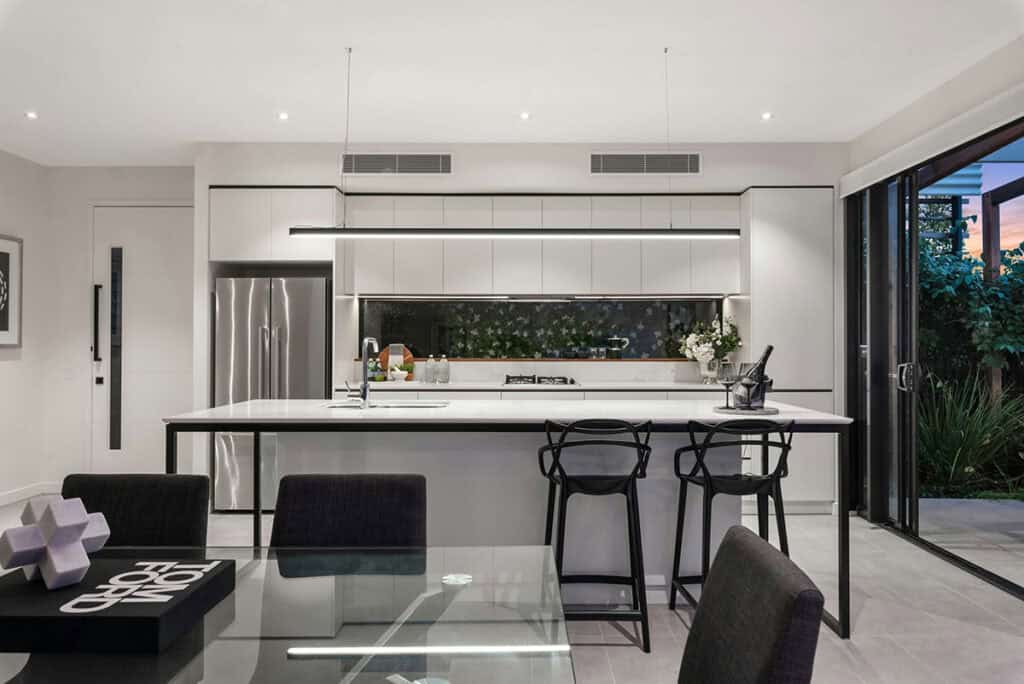
Small kitchens gain functionality by installing a kitchen island with built-in storage, offering more prep space and doubling as a dining spot. Vertical storage through tall shelving or cabinets maximizes room while keeping counters clear. Materials like light-colored quartz or marble countertops reflect light and resist wear.
In the dining area, choosing a round or extendable table saves space but allows for flexible seating. Chairs with slim profiles prevent visual overcrowding. Keeping walls light and adding art or a statement light fixture brings personality without overwhelming the space.
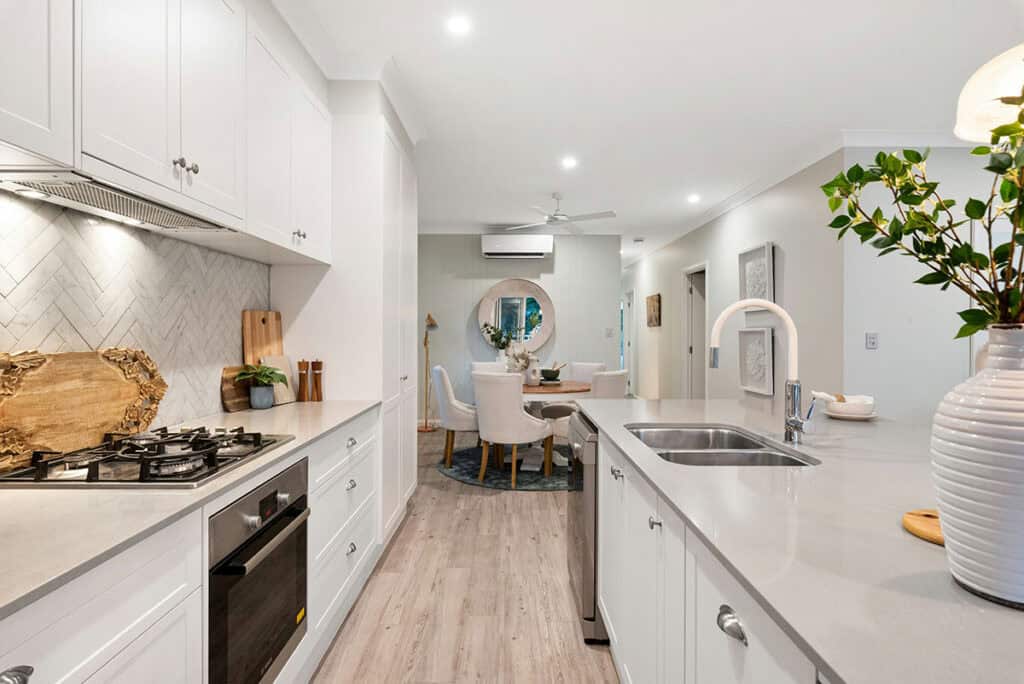
Bedroom and Bathroom Improvements
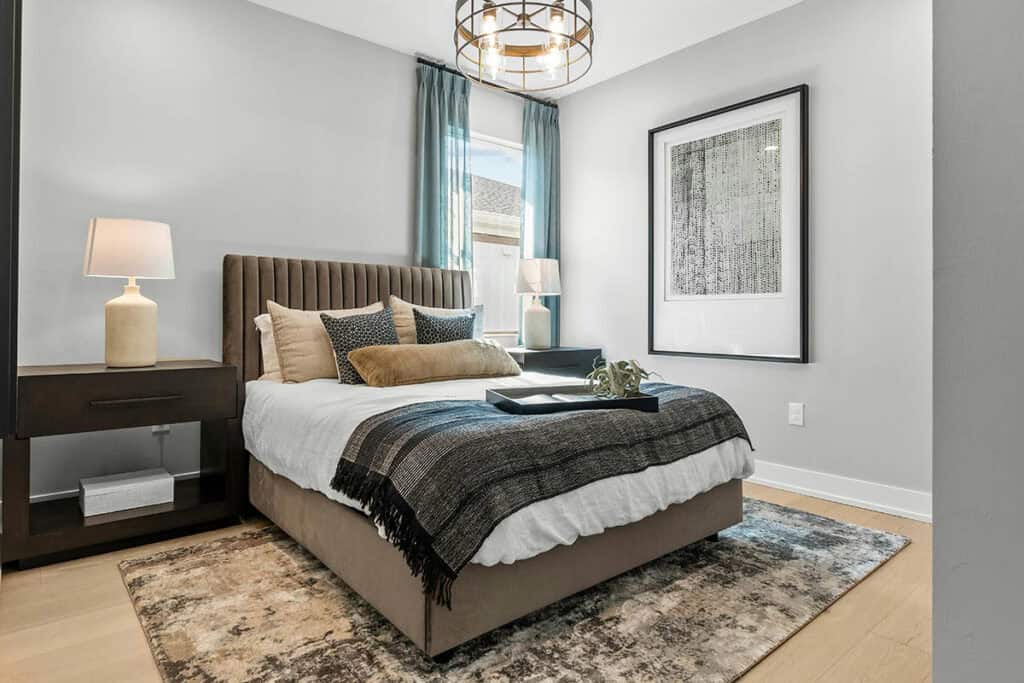
Bedrooms benefit from built-in wardrobes or shelving to reduce floor clutter and create a streamlined look. A neutral color palette enhances brightness and calm. Using multipurpose furniture, such as beds with under-storage drawers, optimizes limited space.
Bathrooms can become more inviting by using large mirrors and layered lighting to brighten small, enclosed rooms. Installing floating vanities frees up floor area and contributes to a modern style. Selecting light-colored tiles and glass shower panels creates a clean, airy feel while simplifying maintenance.
4. Townhouse Interior Design-Specific Decorative Touches

Attention to detail is essential in townhouses to enhance their often narrow and vertical layouts. Well-chosen accents in entryways and staircases bring character without overwhelming the space. Leveraging vertical space with smart additions like shelves and lighting can make interiors feel larger and more functional.
Staircase and Entryway Accents
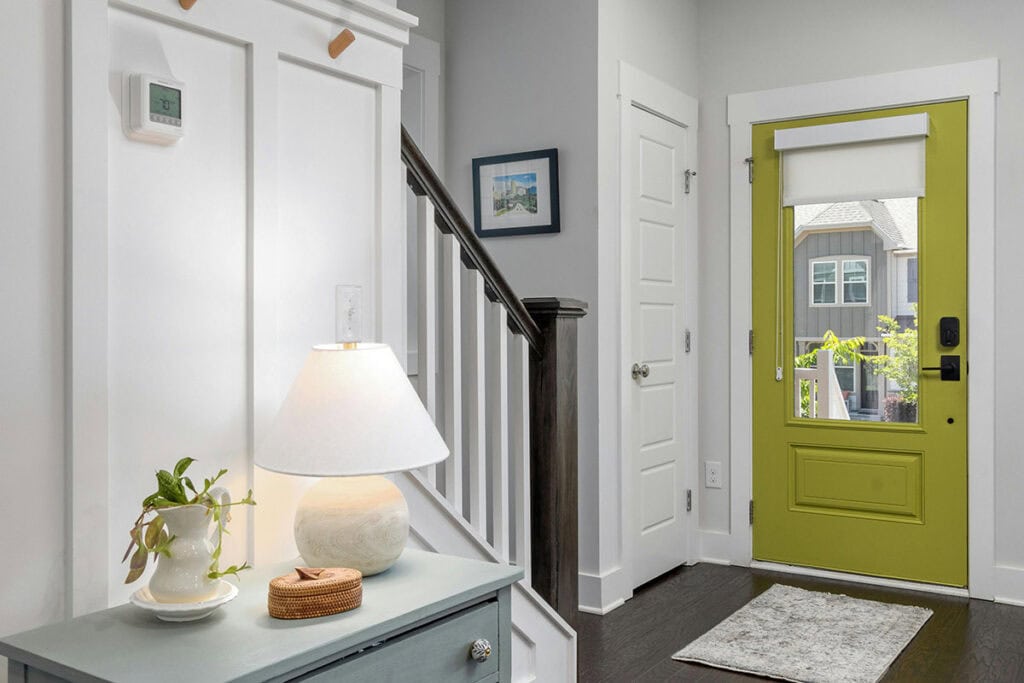
The staircase and entryway provide an immediate stylistic impression in a townhouse. Using warm wood tones on stair railings or steps introduces texture and warmth. Adding a slim console table with minimal accessories helps keep the entry uncluttered yet welcoming.
Incorporating statement lighting fixtures, such as pendant lamps or sconces, can brighten these areas and add modern flair. A compact rug with a bold pattern or color near the door creates visual interest while protecting flooring.
Wall hooks or a narrow bench with storage below are practical details that maintain style and organization.
Small, well-placed mirrors amplify light and visually expand the entry space. A consistent color palette between wall paint, the sofa nearby, and accessories ties the look together while maintaining brightness on narrow walls. This approach balances functionality with inviting aesthetics and suits the townhouse’s limited square footage.
Utilizing Vertical Space
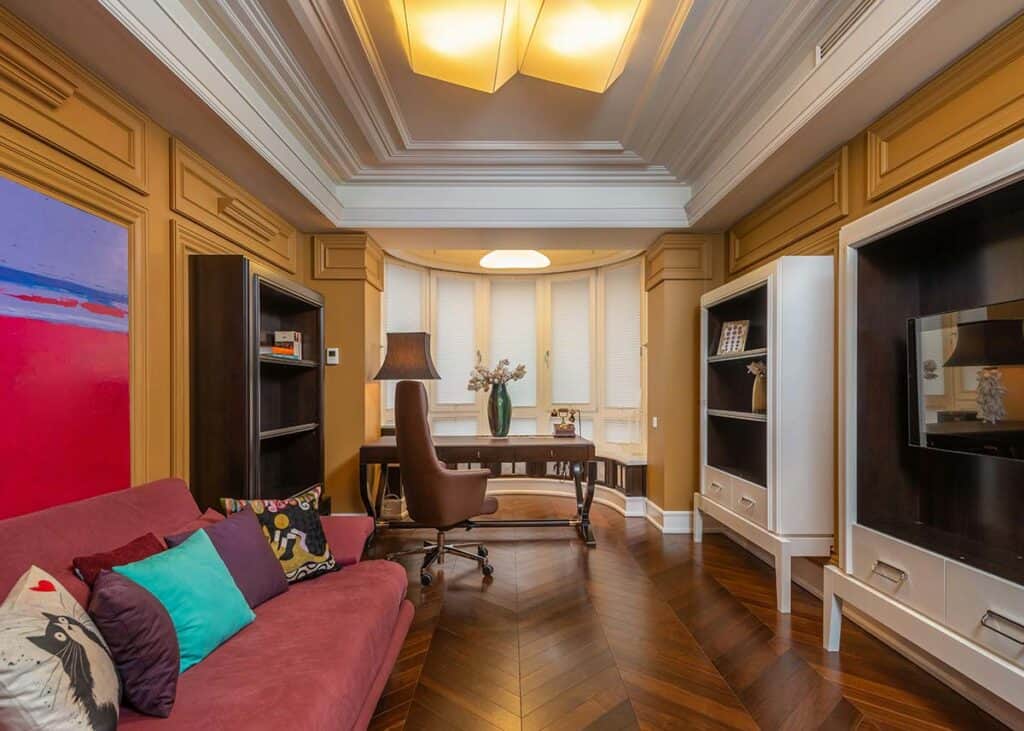
Vertical space is a key asset in townhouse interiors, turning height into an advantage. Floating shelves installed above seating areas or along unused walls display decor, books, or plants without occupying floor space. This adds depth and personality without clutter.
Mounting the TV on the wall, ideally centered above a low-profile media console or sideboard, frees up floor room and promotes a sleek, modern style. Tall, narrow storage units or bookcases maximize vertical storage while keeping the room bright and open.
Lighting fixtures such as wall sconces or track lights positioned higher up help balance illumination across layers. Painting walls in light, neutral tones supports the vertical emphasis and reflects natural light, enhancing the feeling of openness.
Thoughtful vertical design choices create a streamlined, functional space that feels larger than its footprint.
See also Light Academia Interior Design
Townhouse Interior Design: A Recap
In conclusion, thoughtful townhouse interior design transforms a compact house into a stylish and functional dream home. By maximizing every inch of space, optimizing natural light, and creating cohesive design themes, homeowners can craft interiors that are both beautiful and practical.
Key areas like the living room benefit from smart layouts and multi-functional furniture, ensuring comfort without compromising style. With careful planning and attention to detail, even a modest townhouse can become the dream home you’ve always envisioned.




